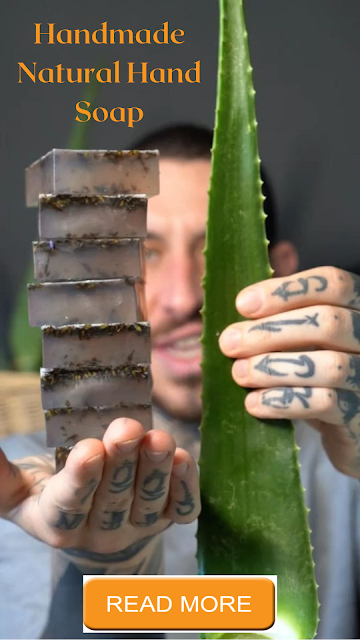How Much Protein Do Women Need?
How Much Protein Do Women Need?
The amount of protein women need varies based on their age, weight, physical activity level, and overall health. In general, women need less protein than men due to differences in body composition and metabolism.
The Recommended Dietary Allowance (RDA) for protein for adult women is 0.8 grams of protein per kilogram of body weight per day. For example, a 60 kg (132 lb) woman would need about 48 grams of protein per day. However, this is just a general guideline and may not be appropriate for everyone.
Women who are pregnant or breastfeeding may need more protein to support the growth and development of their baby. Athletes and individuals who engage in intense physical activity may also need more protein to support muscle growth and repair.
It's important to note that consuming excessive amounts of protein can have negative health consequences, such as kidney damage and an increased risk of osteoporosis. It's always best to consult with a healthcare professional for personalized advice on protein intake based on your individual needs and health status.
Is 72 grams of protein too much for a woman?
The amount of protein a woman needs depends on her individual body weight, physical activity level, and overall health status. In general, 72 grams of protein per day may not be too much for some women, but it may be too much for others.
The Recommended Dietary Allowance (RDA) for protein for adult women is 0.8 grams of protein per kilogram of body weight per day. For example, a 60 kg (132 lb) woman would need about 48 grams of protein per day. However, this is just a general guideline, and some women may need more protein depending on their individual needs.
If a woman is very physically active, such as an athlete or bodybuilder, or if she is pregnant or breastfeeding, she may need more protein than the average person. However, consuming excessive amounts of protein can have negative health consequences, such as kidney damage and an increased risk of osteoporosis. It's always best to consult with a healthcare professional for personalized advice on protein intake based on your individual needs and health status.
Is 100 grams of protein too much for a woman?
The amount of protein a woman needs varies based on her individual body weight, physical activity level, and overall health status. In general, 100 grams of protein per day may be too much for some women, but it may be appropriate for others.
The Recommended Dietary Allowance (RDA) for protein for adult women is 0.8 grams of protein per kilogram of body weight per day. For example, a 60 kg (132 lb) woman would need about 48 grams of protein per day. However, some women may need more protein, particularly if they are very physically active, such as athletes or bodybuilders, or if they are pregnant or breastfeeding.
It's important to note that consuming excessive amounts of protein can have negative health consequences, such as kidney damage and an increased risk of osteoporosis. It's always best to consult with a healthcare professional for personalized advice on protein intake based on your individual needs and health status.
How do I calculate how much protein I need?
To calculate how much protein you need, follow these steps:
Determine your weight in kilograms: To convert your weight in pounds to kilograms, divide your weight by 2.2. For example, if you weigh 150 pounds, your weight in kilograms is 68.2 (150 divided by 2.2).
Determine your protein needs: The Recommended Dietary Allowance (RDA) for protein for adults is 0.8 grams of protein per kilogram of body weight per day. To determine your protein needs, multiply your weight in kilograms by 0.8. For example, if you weigh 68.2 kilograms, your protein needs are about 54.6 grams per day (68.2 x 0.8).
Adjust for your activity level: If you are very physically active, such as an athlete or bodybuilder, you may need more protein than the average person. In this case, you can increase your protein intake to 1.2-1.7 grams per kilogram of body weight per day.
Keep in mind that these are just general guidelines, and individual protein needs may vary based on factors such as age, gender, and health status. It's always best to consult with a healthcare professional or registered dietitian for personalized advice on protein intake based on your individual needs and health status.
How much protein does a 55 kg woman need daily?
For a 55 kg woman, the general recommendation for protein intake is 0.8 grams of protein per kilogram of body weight per day. So, the protein requirement for a 55 kg woman would be:
55 kg x 0.8 grams/kg = 44 grams of protein per day
This is just a general guideline, and individual protein needs may vary based on factors such as age, gender, physical activity level, and health status. If the woman is very physically active, such as an athlete or bodybuilder, or if she is pregnant or breastfeeding, she may need more protein than the average person. It's always best to consult with a healthcare professional or registered dietitian for personalized advice on protein intake based on individual needs and health status.


